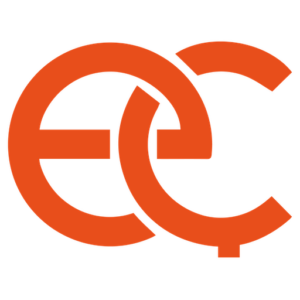Brain Injury Rehabilitation
Cerebral damage causes unique outcomes for each patient and there is no standardized program for everybody in cerebral damage treatment. In cerebral damage treatment, the patient’s personal freedom and reintegration into social life are aimed.
The patient who has cerebral damage must be treated in specialized neuro-rehabilitation centers without losing any time. First, the patient is examined thoroughly by a Physiotherapy and Rehabilitation specialist doctor. Rehabilitation appliances start after the medical state of the person becomes available.
- For the patient who has cerebral damage to benefit
- Their medical condition must be stable (their life-critical situation must be over)
- Their learning capacity must be present
- They must be able to join the rehabilitation exercises
- They must be able to tolerate the required time for the treatment
An intermittent rehabilitation program can be applied to patients whose recovery time is delayed. In this program, the patient is rehabilitated by staying in the hospital periodically and discharged home other times. The aim of this approach is to apply concentrated rehabilitation to the patient at the times functional recovery can be made.
The rehabilitation environment must be arranged in a way it will help the recovery of the patient. Hygiene and privacy in the room must be ensured. In the situations that are possible the patient must stay in a one-person room. A silent environment must be ensured for the patient to rest out of treatment sessions.
Multidisciplinary Team in Cerebral Damage Treatment

- Physiotherapy and Rehabilitation Specialist Doctor,
- Physiotherapist,
- Ergotherapist,
- Physiotherapy Technician,
- Rehabilitation Nurse,
- Dietician,
- Speech Therapist
- Orthoses-Prothesis Technician
Medical workers such as these take up the multidisciplinary team. In parallel with the condition of the patient, other specialties and medical personnel can be involved in the team.
In the cerebral damage treatment process, a Physiotherapy and Rehabilitation Specialist Doctor coordinates the team. They are the doctors with the patients with cerebral damage and their family directly communicates about the process of rehabilitation. They are responsible for the planning and implementation of the rehabilitation. They look for the patients’ and their family’s needs and establish communication with different medical personnel and specialties. They ensure that the treatment process is presented in the most efficient way. They plan the discharging of the patient, transfer to the home or outpatient center, and afterward.
Physiotherapy and Rehabilitation in Cerebral Damage Treatment
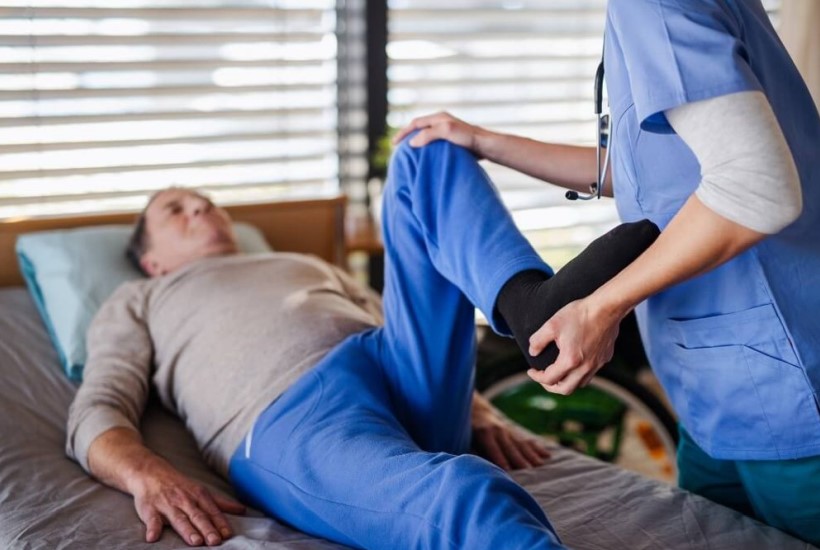
Program of physiotherapy and rehabilitation in cerebral damage treatment is planned especially according to the needs of the patient.
- In the first days, preventive approaches for the complications like bedsores, joint involvement are in the foreground. In the early stages, it is important for the patient to position properly and change position regularly.
- To the patients who are unconscious or unable to move their arms and legs, passive joint movement exercises and stretches are applied. This way joint movement is preserved, and muscle weaknesses and joint involvement are avoided.
- As the patients regain their consciousness and communication is established the rehabilitation program that the patient actively participates in starts.
- In the early stage, the patient is taken to the sitting position on the side of the bed, and body control is tried to be established.
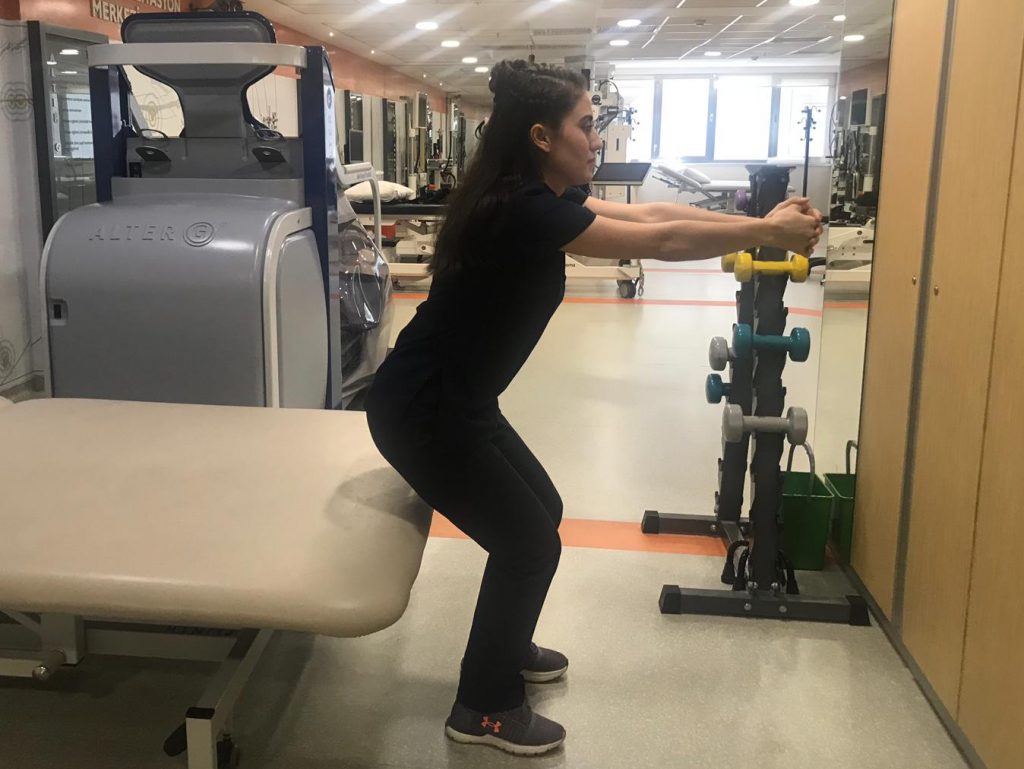
- With the increase in muscle strength and body control standing and walking exercises are started. If there are imbalances in the patient, balance exercises are applied in sitting or standing positions.
- In order to, strengthen respiratory muscles and accomplish phlegm discharge respiratory physiotherapy is applied.
For the patients who experience aglutition, with the swallowing examination patient’s diet is regulated, and swallowing physiotherapy is applied. - For patients who experience paraphasia, speech therapy is applied.
- Exercise, medicine, and resting splints can be used in order to avoid spasticity. If these treatments are not enough botulinum toxin injections can be applied.
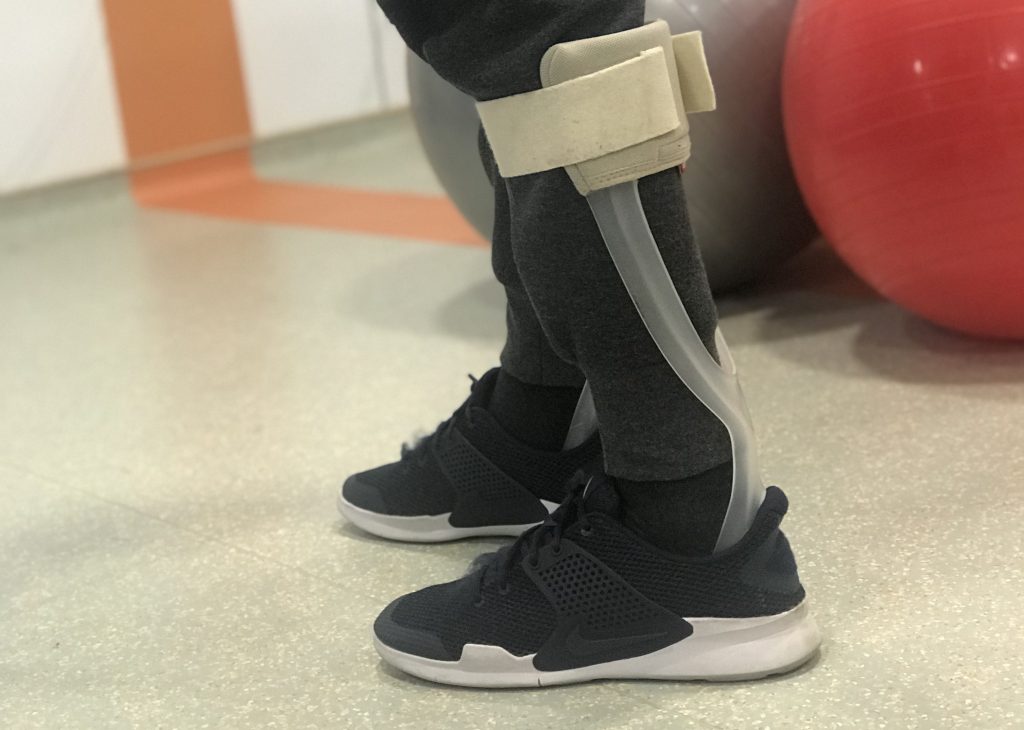
On the limps that have reduced functionality to avoid joint involvement and ease the walking devices that are fixated on hands and feet, orthosis, can be used.
During the exercises methods that stimulate the brain are used. In the rehabilitation of a patient with brain damage to accomplish the best results, improvement of cognitive abilities like problem-solving, calculation, memory, concentration, reading, writing should not be left out.
Robotic Physiotherapy Devices in Cerebral Damage Treatment
In the treatment of paralysis chart due to brain damage, in every step, robotic physiotherapy is made use. Robotic physiotherapy is very beneficial to heal the patient faster and regaining more functions.
1- Erigo The Robotic Bed
It is used to get the patient in a straight position early on and to start the walking maneuvers.
With the robotic bed Erigo, the patient is made accustomed to standing up straight also passive walking exercises are done with the help of the robotic legs preventing the development of joint involvement and limitedness.
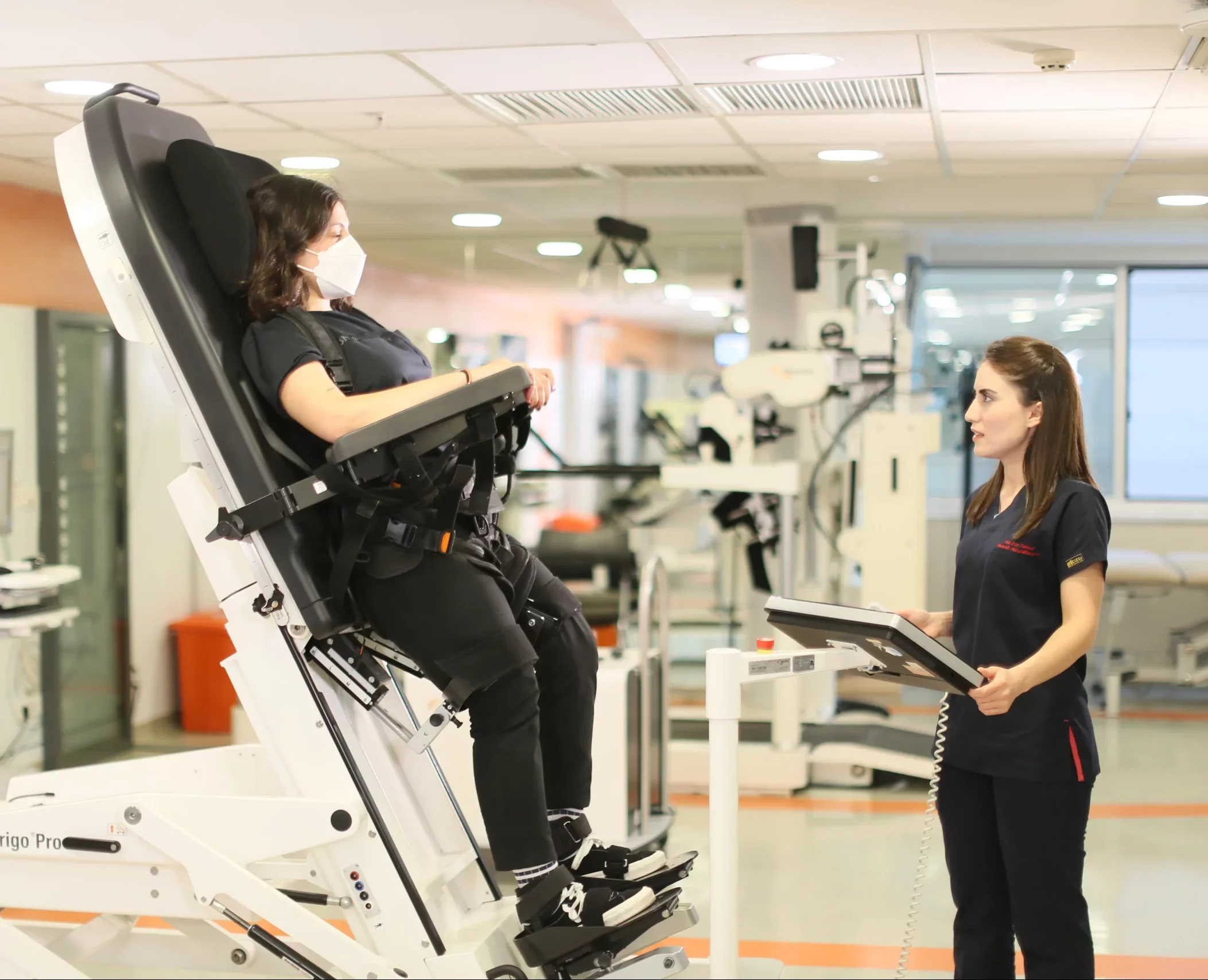
2- Arm and Hand Robot Armeo Power
Armeo Power is designed to allow three-dimensional exercises. Thus besides the additional specific movements, it allows the practice of three-dimensional movements that make more sense in daily life.
It allows the practice of the arm and hand exercises that are focused on the purpose in a much more repetitive and intense way.
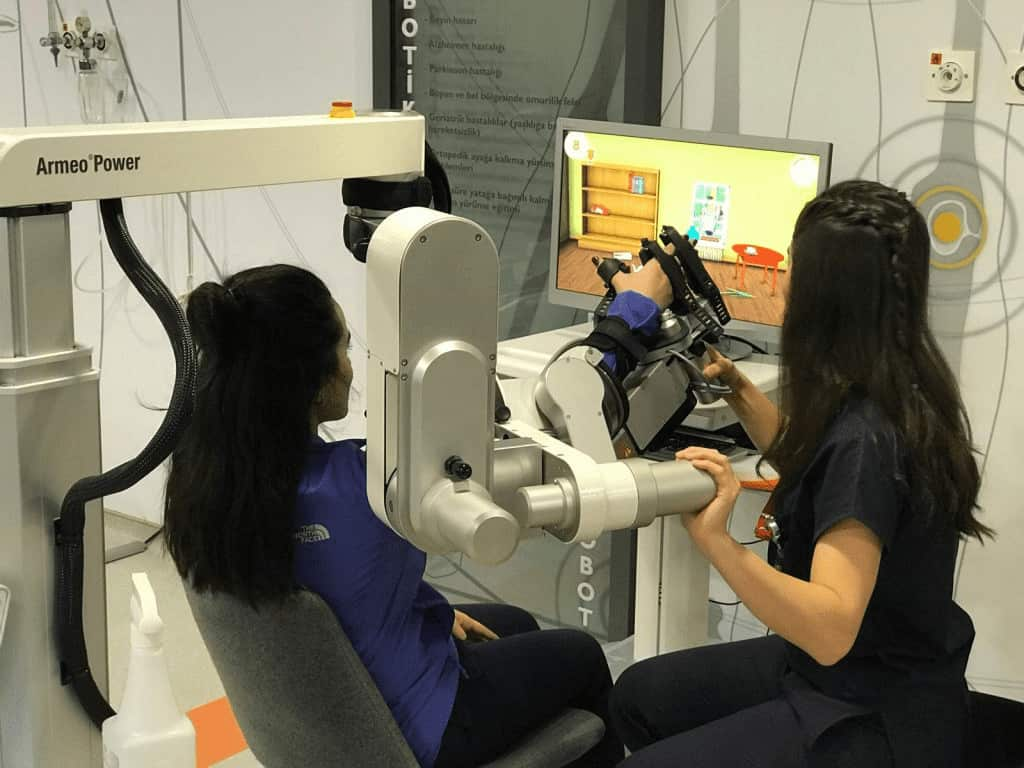
Lokomat is the most advanced robotic walking system in the world that helps patients who have lost the ability to walk completely or partially regain their walking ability.
With the Walking Robot Lokomat, the patient can be raised on his or her feet and made practice movements that are closest to natural walking. Thus, safe, and intense walking exercises can be practiced.
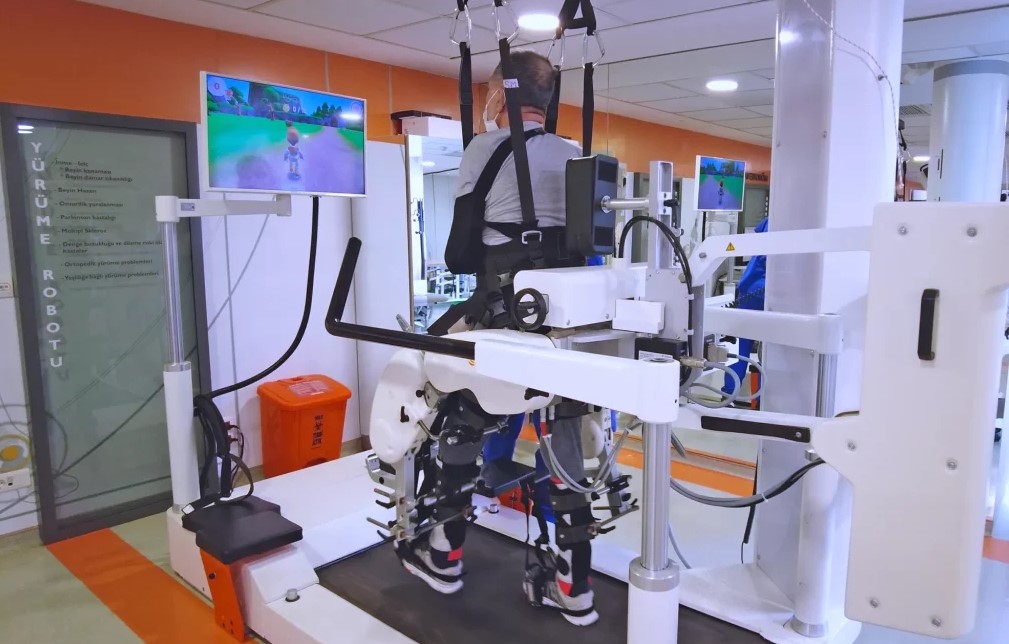
4- Alter G Anti-Gravity Treadmill
With the anti-gravity treadmill Alter G, the body weight of the patient can be reduced by up to %80.
Alter G allows the patient an environment that prevents them from falling and the patient who is rid of the fear of falling gives his or her attention to walking.
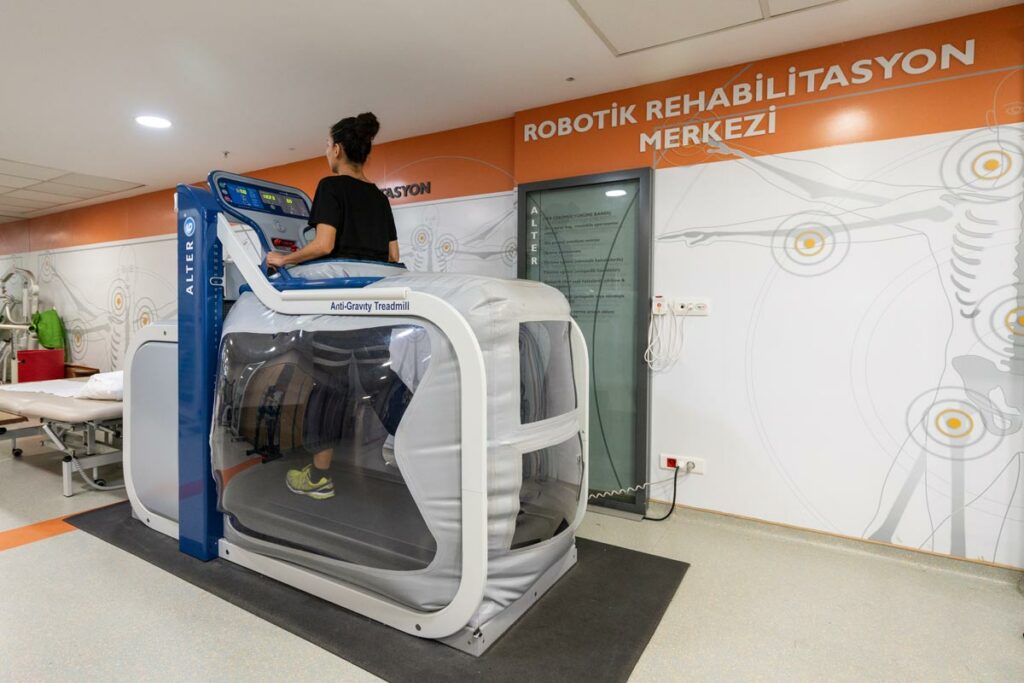
Our Treatments
Contact us
Let Us Call You
You can easily reach us by filling out the contact form. Our team will call you shortly to inform you.

